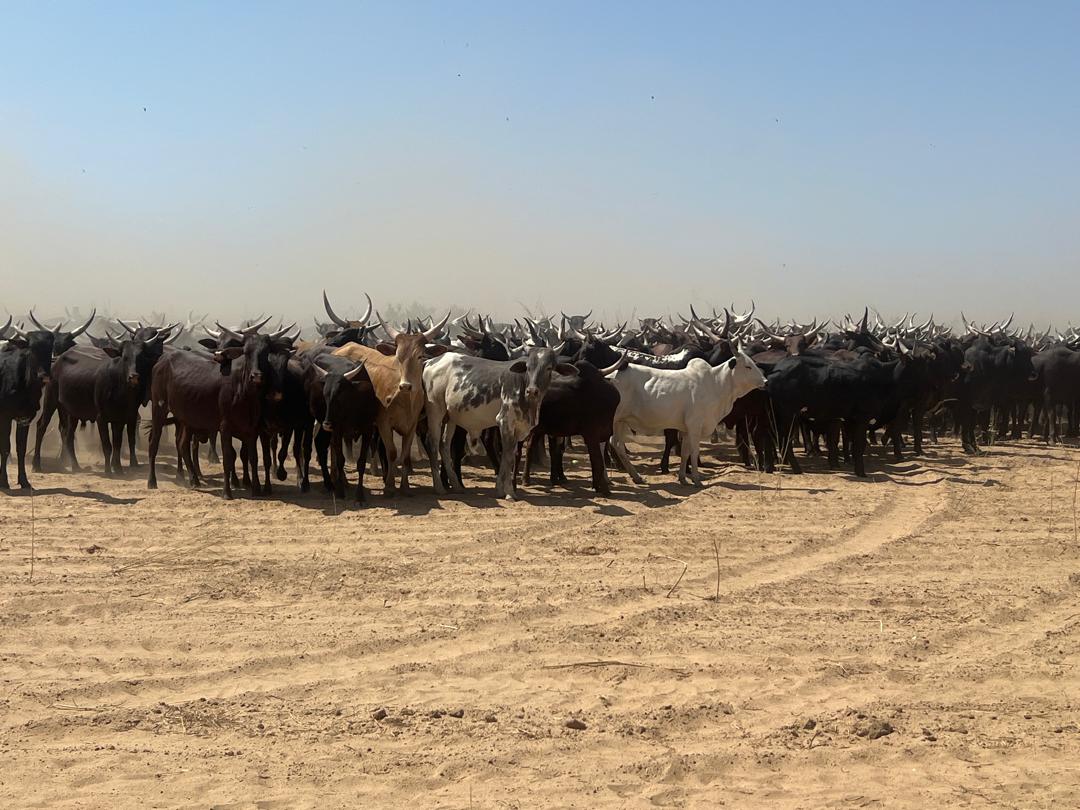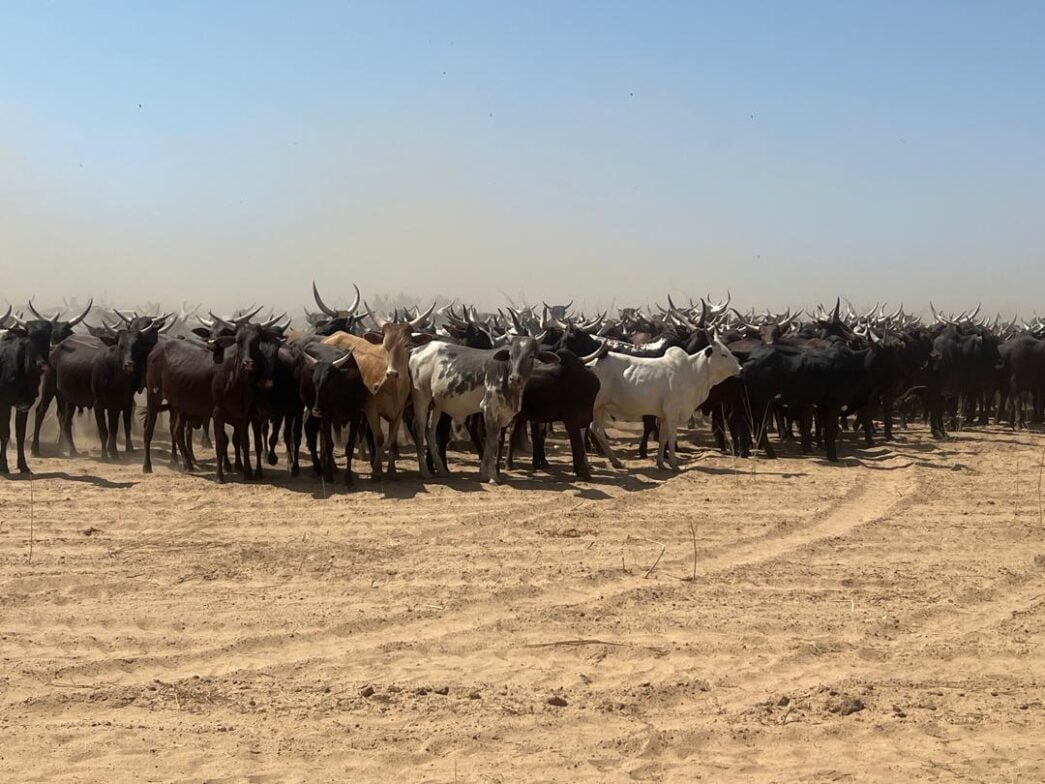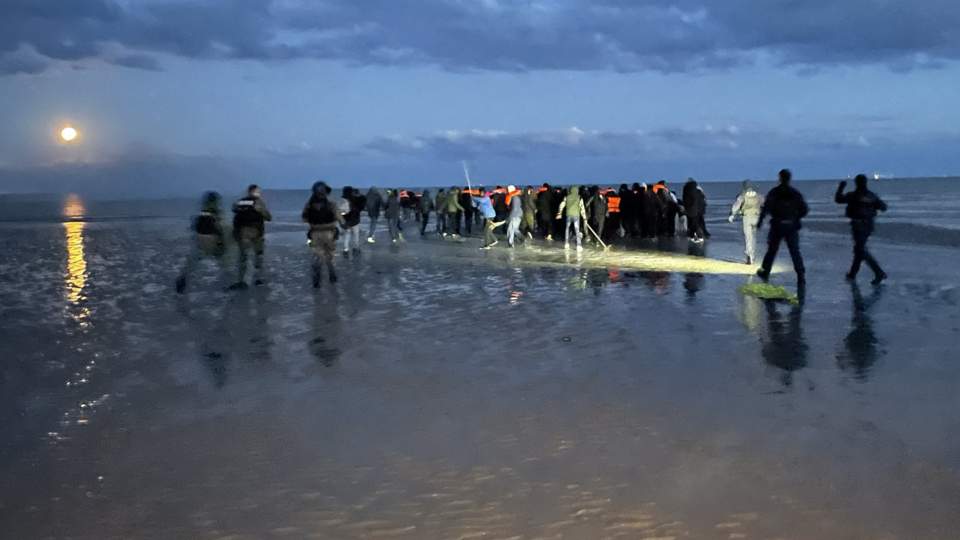BY JUNAIDU MAINA
‘What you are looking for in Sokoto is in your Shokoto’ — Yoruba proverb
Nigerian social media is awash with yet more videos of governors and high-level government officials touring ranches in Brazil. But honestly, haven’t we seen enough? Ranching, defined as the practice of raising livestock on extensive range and pastureland, is a well-established and proven system of livestock production.
Following years of sustained vicious campaigns against pastoralism, ranching has come to be widely touted not just by the government, but also by livestock professionals and many Nigerians as the preferred alternative to pastoralism. What many fail to realise, however, is that the concept of ranching is not new to Nigeria. It has been part of our livestock development strategy long before and even after independence
Advertisement
In fact, the development of grazing reserves, an initiative that began in the Northern States as far back as the 1960s is fundamentally aligned with the concept of ranching. Both are based on the same core principles: securing large expanses of land for livestock production, ensuring access to water and feed resources, providing veterinary services, and minimising the conflicts between herders and farmers that often arise from unrestricted livestock movement. Grazing reserves development was Nigeria’s early attempt at organised, sedentary livestock production.
Unfortunately, the concept of grazing reserves was never fully implemented or supported at scale. While the policy framework existed, it lacked the sustained investment, institutional backing, and long-term vision necessary for success.
The major challenge lay in the business model. Ranches, by design, are managed as private enterprises with clear ownership, accountability, and profit motives driving their operation. In contrast, Nigeria’s grazing reserves were largely treated as communal or public enterprises. Without defined property rights, individual responsibility, or effective regulation, these reserves fell victim to what is commonly known as the “tragedy of the commons” where shared resources are overused, degraded and even abused because no single user bears the full cost of mismanagement.
Advertisement
This fundamental flaw in governance and management structures led to the widespread neglect, encroachment, and underutilization of many grazing reserves. What was originally envisioned as a springboard for modern livestock production gradually deteriorated into a patchwork of poorly maintained small-scale ranches and in some cases became ungoverned spaces exploited by non-state actors engaged in rural banditry.
Therefore, the real issue today is not about discovering ranching as some new idea but about adapting and modernising what we already began. Just as we successfully transformed poultry farming into a thriving commercial enterprise for large and small-scale producers, we must now apply the same strategic approach to cattle production.
To move forward, we must address the current disconnect and reconceptualise grazing reserves as strategic assets for structured, commercially viable livestock enterprises. These should be rooted in local contexts, backed by research, public-private partnerships, modern transport, and marketing systems that ensure quality, traceability, and remunerative pricing for producers.
Repositioned as key nodes within the national cattle production system, these reserves would function as industrial-scale hubs for cow-calf operations. These hubs would provide a consistent supply of genetically improved, high-quality yearlings to small-scale producers, agropastoralists, pastoralists and new entrants into the livestock value chain. This shift requires coordinated action driven by private sector engagement, enabling policies, community participation, and sustained investment in research, infrastructure and extension services.
Advertisement
While Nigeria should continue to seek investment opportunities abroad, it is equally important that we also look inward. For those of us who have spent decades in the livestock sector, there is growing concern that we are missing a critical opportunity to transform our beef value chain and become global players. As the saying goes, those who fail to learn from history are doomed to repeat it, and the cost of repeating past mistakes will be even higher in today’s competitive global market.
A bit of institutional memory may help here. How many South-West governors toured commercial poultry farms abroad before the region’s poultry revolution took off? Very few if any. What truly changed the game was the catalytic role played by President Olusegun Obasanjo not in his official capacity, but as a private citizen. While he was not the first poultry farmer in the South-West, the establishment of Obasanjo Farms, his involvement in the production of day-old chicks (DOCs), the formation of the Poultry Association of Nigeria (PAN), a national cooperative federation of large and small-scale farmers and his prominent public image as a poultry farmer collectively helped galvanize commercial poultry production across Nigeria.
Another instructive example is Kano State, which emerged as the hub of commercial poultry in Northern Nigeria not because a governor embarked on a tour to Europe, but due to the pioneering efforts of a visionary entrepreneur, the late Usman Dantata. His Anadariya Poultry Farm was the first large-scale egg production enterprise in the region, and it became a model that inspired and guided others to emulate.
Of course, the success of poultry didn’t happen overnight. It took years of groundwork: financial arrangements, technical experimentation, and trial-and-error learning. But make no mistake, it was the private sector that led the charge, while government played its essential enabling role. Today, commercial poultry stands as Nigeria’s most successful livestock transformation story and one of the most recognised across Africa.
Advertisement
Interestingly, when Highly Pathogenic Avian Influenza (HPAI) made its first appearance in Africa in 2006 after wreaking havoc across Asia, it landed, as fate would have it, right here in Nigeria, posing an existential threat to the country’s flourishing poultry industry. Fortuitously, at that critical moment, Chief Olusegun Obasanjo was serving as President, and the sector was under the capable leadership of Minister of Agriculture, Adamu Bello. Thanks to their leadership and the professionalism of Nigerian veterinarians and other technical experts, the outbreak was effectively contained and controlled. An unprecedented achievement for any African country at the time. I say this from first-hand experience as Nigeria’s Chief Veterinary Officer and Director of the Federal Department of Livestock at the time
Like it or not, we Nigerians have a distinctive way of making things work. Why not apply that same ingenuity to the cattle industry? Let’s build on what we’ve already done right
Advertisement
That said, government-led study tours can be useful, if properly organised. They should include a balanced mix of stakeholders: government officials, legislators, private entrepreneurs, financial institutions, technocrats, and academics.
These tours should culminate in quality Back-to-Office Reports with clear, actionable plans. That is what drives meaningful technology transfer, capacity building and sustainable development and ensures value for money. Not orchestrated tours where governors and their retinues are treated to polished sales pitches, only to return home and dismiss the work of seasoned Nigerian professionals
Advertisement
Lest we forget, sustainable transformation is not imported; it is developed through deliberate policy, investment, and local capacity-building. As Brazil and other global players turn their attention to Nigeria’s livestock market, the imperative is clear: we must strengthen our institutional frameworks, infrastructure, and value chains. Anticipating investor interest is strategic, but ensuring we are structurally prepared before they arrive is sound policy. Let’s mind the gaps before Brazil arrives.
Advertisement
Views expressed by contributors are strictly personal and not of TheCable.












